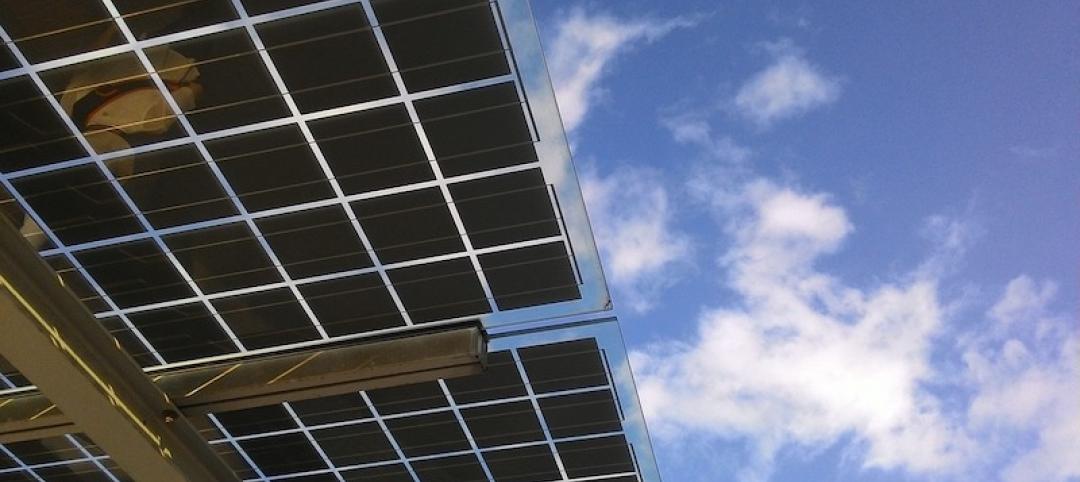Smart meters are gaining popularity, but their potential to save energy goes largely unrealized, according to research by the American Council for an Energy-Efficient Economy (ACEEE).
Though investing billions in advanced metering infrastructure (AMI), most utilities have vastly underused this technology that can help customers save energy, ACEEE says. AMI is now in place in many states, covering nearly half of all meters in the United States.
AMI measures electricity use in short intervals (typically 15 minutes or 60 minutes) rather than by the month. Electricity providers can use such timely, granular data to better manage and optimize generation and grid operations, allowing for cost reduction and faster response to power outages.
The data can also be used to offer better programs and share insights to encourage customers to save energy. Despite these potential benefits, only one of the 52 utilities that ACEEE surveyed—Portland General Electric (PGE)—is building its capacity to optimize use of AMI to save energy.
Related Stories
Codes and Standards | Dec 18, 2019
New York City passes legislation to prevent bird strikes on buildings
Requires bird-safe materials on first 75 feet of a structure.
Codes and Standards | Dec 16, 2019
New Buildings Institute seeks entries for Zero Buildings Database
Listing illustrates feasibility of ultra low-energy buildings.
Codes and Standards | Dec 13, 2019
USGBC launches new tool to prioritize sustainability strategies
Highlights building design features that can lead to better performance.
Codes and Standards | Dec 12, 2019
Coalition calls for consistent building data disclosure regulations in Canada
Major real estate firms are driving the effort.
Codes and Standards | Dec 10, 2019
Utilities rolling out more grid-interactive efficient building programs
Focus is on energy savings and demand flexibility.
Codes and Standards | Dec 9, 2019
Canada’s Zero Carbon Building Standard reports first 10 certifications
Projects include new and existing offices, schools, and warehouses.
Codes and Standards | Dec 6, 2019
New research examines flood mitigation policies in the U.S.
Thirteen states or cities have adopted effective measures; some restricting development in vulnerable areas.
Codes and Standards | Dec 5, 2019
USGBC unveils vision for LEED Positive
Roadmap will lay foundation for a future LEED that is regenerative.
Codes and Standards | Dec 5, 2019
Report shows reducing embodied carbon can save money and help mitigate climate change
Embodied carbon now accounts for 11% of global greenhouse gas emissions.
Codes and Standards | Dec 5, 2019
Dubai, London and New York are 2019’s ‘Construction Mega Cities’
From 2007 to 2025, GlobalData expects the cities’ combined gross domestic product (GDP) to increase by more than US$8 trillion to US$20.4 trillion.

















